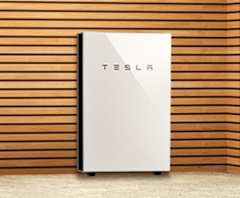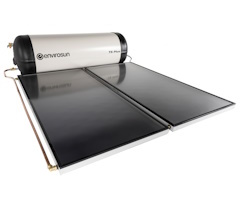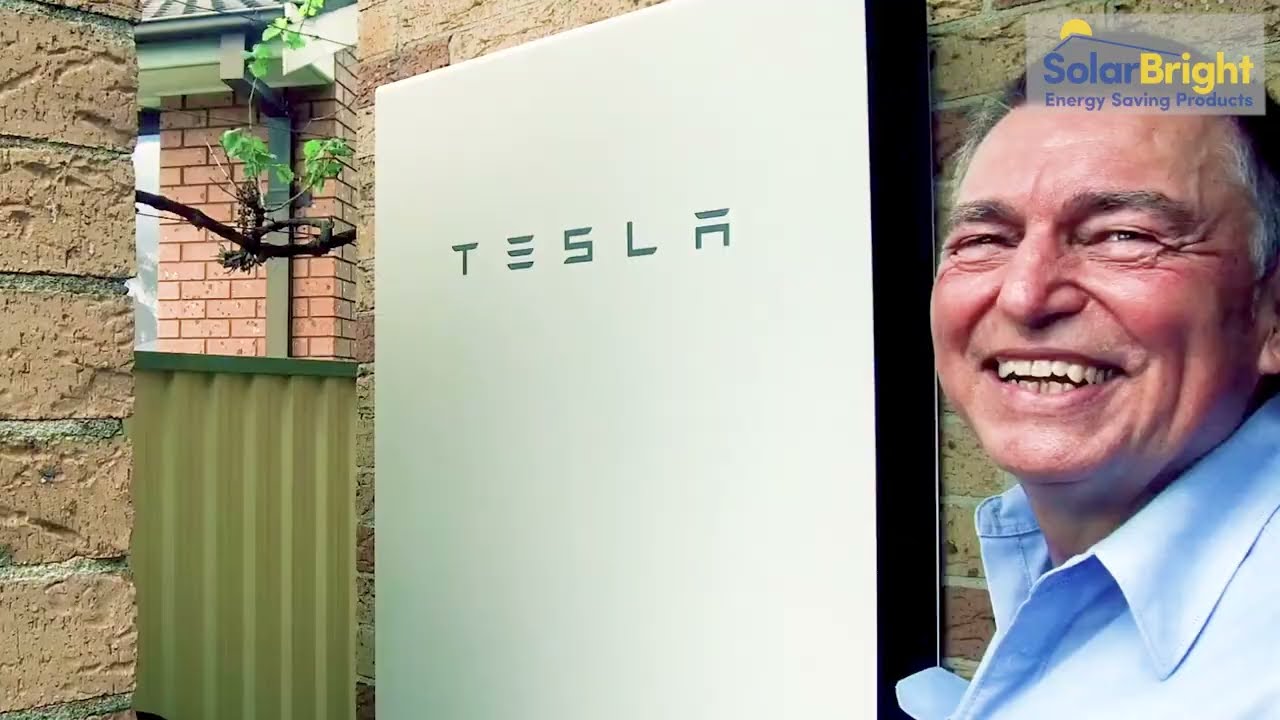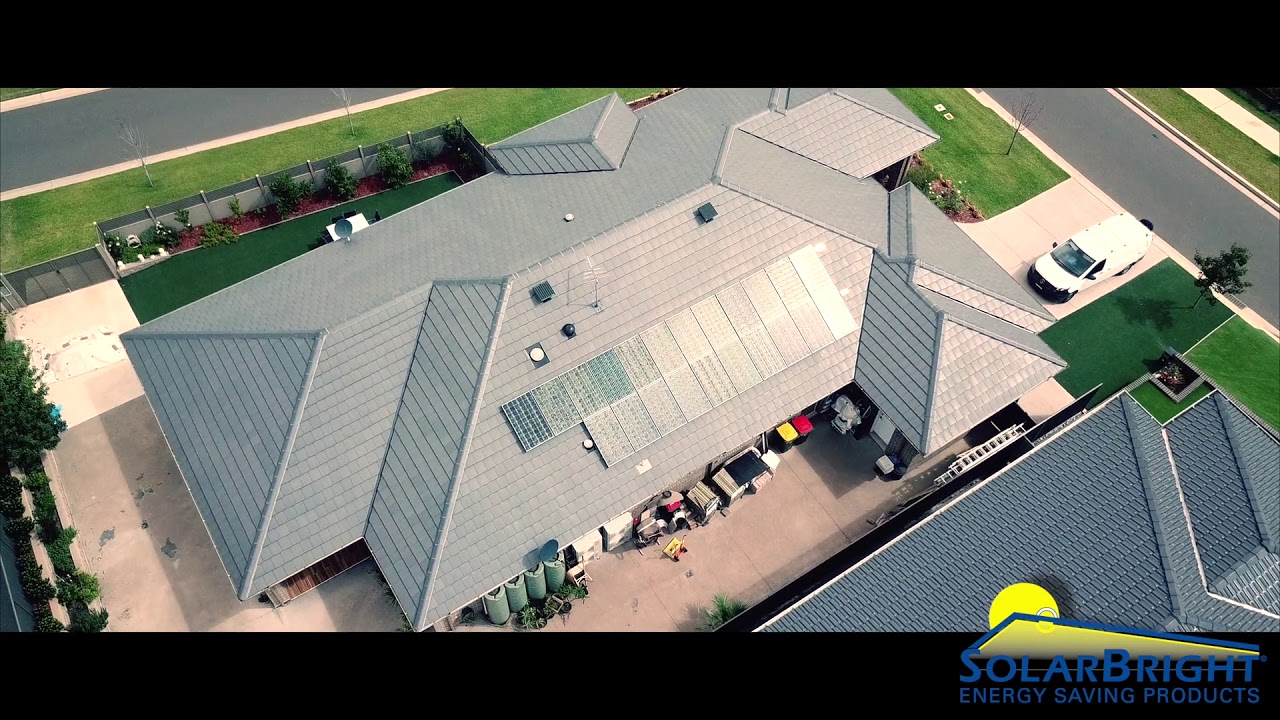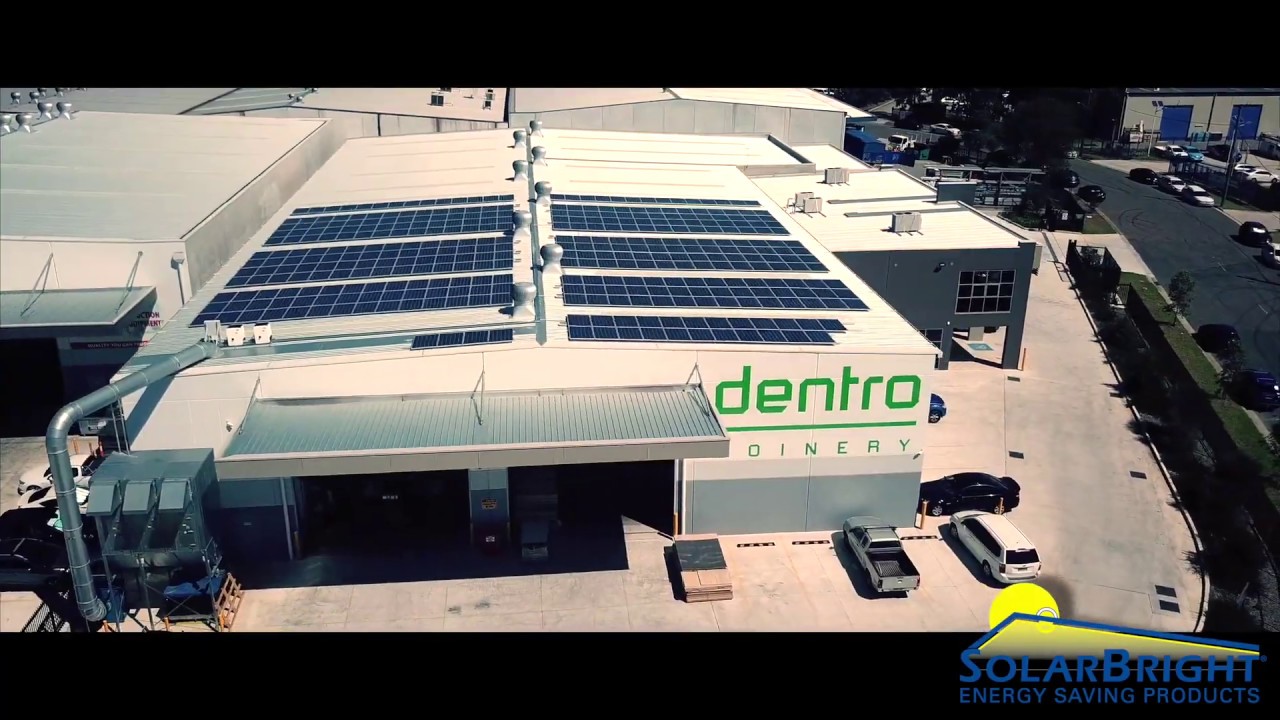Battery FAQ
We answer the most frequent questions about solar battery storage that customers ask our consultants.
Solar panel, solar inverter and solar system frequently asked questions are covered on our Solar FAQ Page.
The payback time for a solar system with a battery is longer then for just solar panels. Batteries do pay for themselves and can reduce or eliminate power bills and avoid power bill shock.Solar batteries also have other benefits that are not quantifiable in financial terms that battery customers gain advantage from, including:
- Gaining energy independence
- Protection against blackouts
- A lower carbon footprint
Most solar battery storage systems can be configured to provide protection against power interruptions. This ability is not automatically available with all batteries and may require specific configurations and options for the solar battery system. Please discuss with your SolarBright consultant if you require blackout protection with your solar battery.
A combination of a correctly sized solar system and solar battery can reduce your bill to nearly zero. All of the solar systems SolarBright install are grid connected so even if the solar panels and solar battery storage covers all of your power requirements your energy provider will still be charging you a network access fee and the feed in tariff from your power exports may cover that.
A solar battery works by storing the excess power your solar panels generate, and you don’t consume, for use later or at night. Most batteries use lithium-ion based battery cells to store the electrical power, and the Tesla Powerwall 2 and LG Chem use Nickel Manganese Cobalt (NMC) which is compact and lightweight.
All the batteries that SolarBright install have battery management software and phone-based apps that can monitor the solar battery and help manage the battery and your battery power consumption. As solar battery owners become more aware of their power usage patterns, they adjust their consumption and behaviour to increase their energy independence.
In most cases the answer is yes. If your system is several years old, you may have to replace the inverter with one that can manage a solar battery. Organise an obligation free consultation with a SolarBright consultant for a free assessment of your current system and expert advice on what your best options are or give us a call.
Most solar battery manufacturers warranties cover ten years or a certain number of battery cycles, whichever comes first, for example 10 years or 6000 cycles. Over ten years 6000 cycles equates to 1.6 battery cycles per day.
A battery cycle is the equivalent a of full power charge and full discharge of the battery. Partial charges and partial discharges are not considered a full cycle but count toward a full cycle. So if one day your solar battery is fully charged and you use 60% of the battery that night, then it is fully charged again the next day and you use 40% of the battery the next night, the 2 discharges of 60% and 40% and battery charges add up to 100% or one solar battery cycle.
Yes. There several factors to consider. The most important question to answer is your solar system producing enough excess energy to charge another battery or will you need to add more panels to generate more power?
The Tesla Powerwall has a capacity of 13.5kWh so extra capacity can only be added by installing a second battery of the same size.
The Triple Power solar batteries come in a 4.3 or 6.5kWh capacity. Once you have installed a battery you can add up 3 more batteries of the same size as the original battery in an almost plug and play fashion with the same inverter.
Video Testimonials
Our Customers’ Experiences
Written Testimonials
Our Customers’ Experiences
Through our thorough investigations of solar companies, we decided to install with SolarBright. Though they weren’t the cheapest, nor the most expensive, we based our decision on longevity in the business, resolutions to product reviews and the abundance of knowledge by their representative.
We have been very happy with the service provided and have no hesitations in recommending the company for any solar installations.
Helen T
With my electricity costs due to increase by more than 30%, I required a viable and quick solution. The professional team at SolarBright were first class in listening to my requirements and providing me the correct solution. The purchase and installation of my new solar system was performed within 7 days.
I have already started to save money. I highly recommend SolarBright.
John Cagliuso
We just had a Maxlight 400mm (skylight) installed. What a difference it has made, even when it was raining today we could see the difference. I had popped into Solarbright and meet Michael. He explained all our options, went through the differences in the diffusers and gave me a quote. Could not have been easier…The service was very prompt and professional , the house was left clean.
All in all a great decision. Would highly recommend SolarBright.
Donna Scerri
Free Consultation
1300 852 622
Please contact us today for more information or to organise a
COVID safe consultation or proposal.

